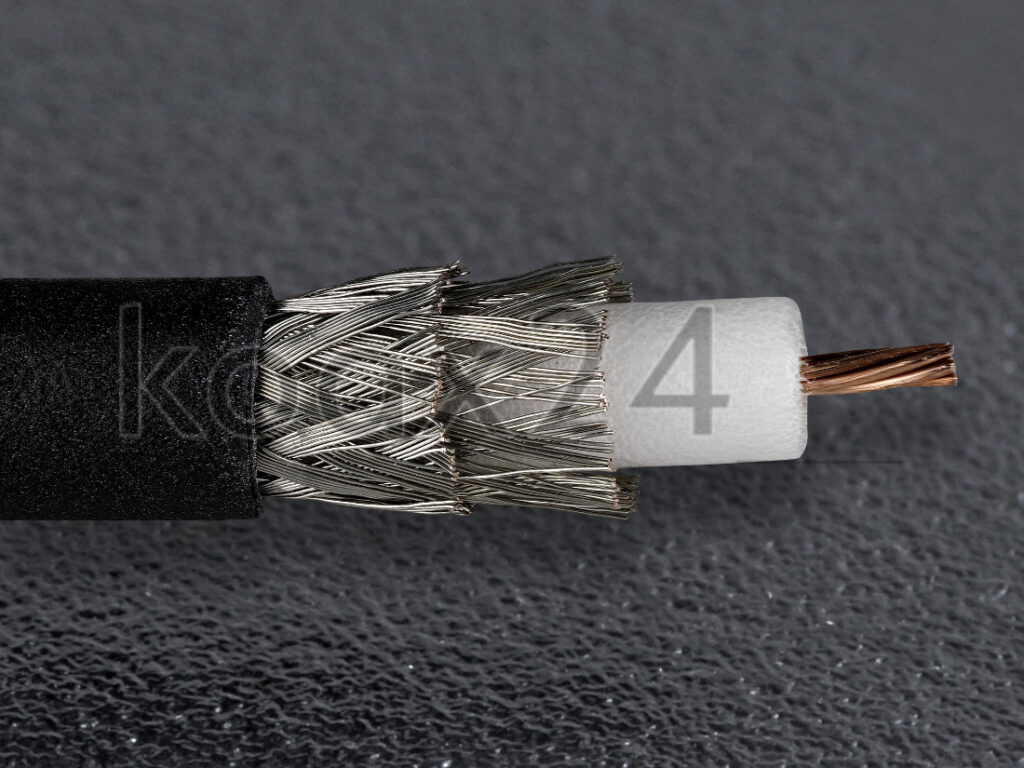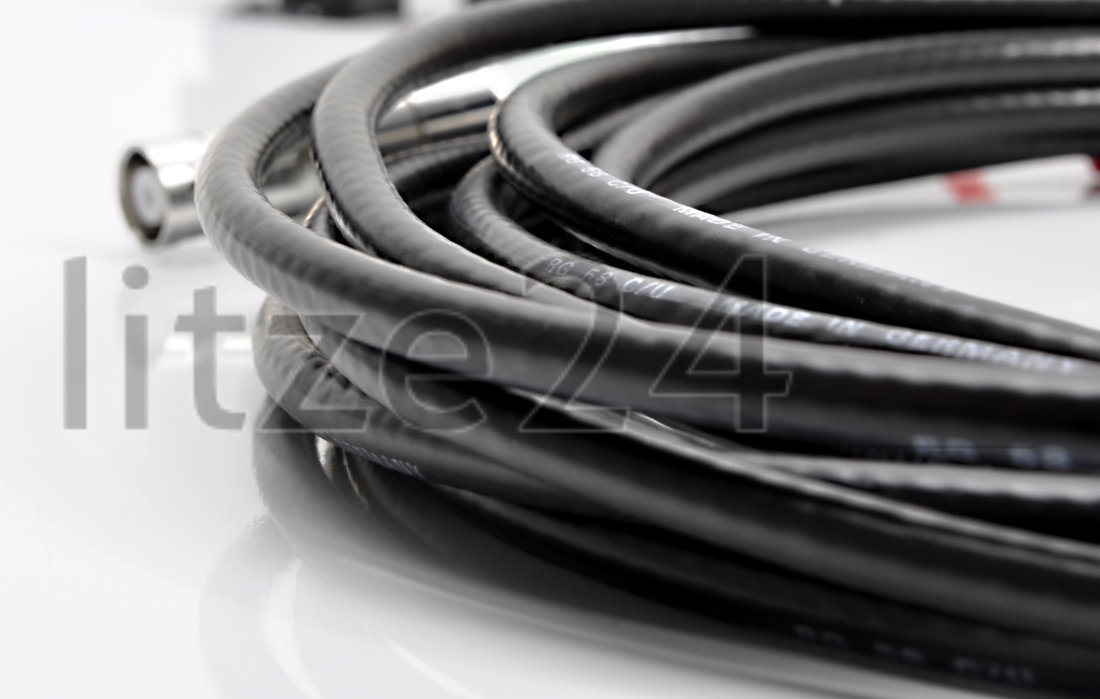
Anwendungsgebiet sind: Messtechnik, Automobiltechnik, KFZ, Laboreinsatz, Messgeräte, etc.
Koaxialkabel 50R:
RG178 | RG196 A/U | RGL196 LowNoise | Kapton 1.45mm | LN5001 LowNoise | Sucoform 86 | RG174 A/U | RG174 LSNH | RG188 A/U | RG316 /C | RG316 /U | RGL316 LowNoise | RG316D – RD316 | ENVIROFLEX 316D | CLF100 | LMR 100 | LN5002 LowNoise | BEDEA MXR 0.45/1.4L LowNoise | PE-P086 | Multiflex 86 | Sucoform 86 FEP | Sucoform 86 LSFH | K_02252_D | SS405 | Multiflex 141 | Sucoform 141 | Sucoform 141 FEP | PE-P141 | Flexiform 402 | RG402 | SS402 | RG58 | RG058 | RG58 ALL | RG58 LSNH | RG58 PUR | Enviroflex 142 | RG142 | LL142 | RG223 | RG223 U-02 | Enviroflex 400 | RG400 | H-155 PE | H-155 FRNC | H-155 PVC | H155 WC-55 PE | HyperFlex 5 | CLF195 | CLF200 | CLF240 | LMR 195 | LMR 195 UF | HF 195 ZH | LMR 200 | LMR 240 | LMR 240 UF | RF 240 LSNH | Airborne 5 | Aircell 5 | 7806A | S_04212_B PUR | S_04272_B PE | SPUMA_240-FR-01 | Aircell 7 | arnoflex 7 | HIGHFLEXX 7 | H-2007 | SCF14-50J | RG213 /U | RG214 /U | RG214 LSNH | LMR 400® | LMR 400 UF® | HF 400 ZH | HyperFlex 10 | Ecoflex 10 | Ecoflex 10 Plus | Aircom Premium® | Ecoflex 15 | Ecoflex 15 plus | LMR 600 | LMR 600 FR
Koaxialkabel 75R / VIDEOANWENDUNG:
Anwendungsgebiet sind: Broadcast, Beschallung, Konferenztechnik, Gebäudetechnik, Ü-Wagen, Bühne, Studiotechnik, Veranstaltungstechnik, etc.
RG 6 A/U | RG11 A/U | RG59 B/U | RG59 DS | RG59 Flex | RG59 Flex LSNH | RG175 AF | RG179 | RG179 B/U | RG187 B/U | RG302 /U | 0.41/1.9 AF FRNC | arnoflex 0.4/1.9 | 0,6/2,8 AF | arnoflex 0.6/2.8 | HD PRO 0.6/2.8 AF | 0.6/3.7 PVC | arnoflex 0.8/3.6 | 0.8/3.7 AF | arnoflex 1.0/4.6 | 1.0/4.8 AF | 1.2/4.8 PUR SC-Vector Plus | 1.2/4.8 SC-AQUA MARINEX
Welches Kabel ist das richtige für meinen Anwendungsfall?
Für Anwendungen bis max. 1 GHz empfehlen wir RG174, für Anwendungen bis max. 2,5 GHz empfehlen wir das RG179, RG188, RG187 oder RG316. Bei Anwendungen über 2,5 GHz empfehlen wir die Verwendung von Low Loss Kabel wie SS405, Multiflex_86 oder CLF100. Diese Kabel sind aufgrund der verwendeten Materialien und des Kabelaufbaus für hohe Frequenzen geeignet (siehe Darstellung „Dämpfung“).

